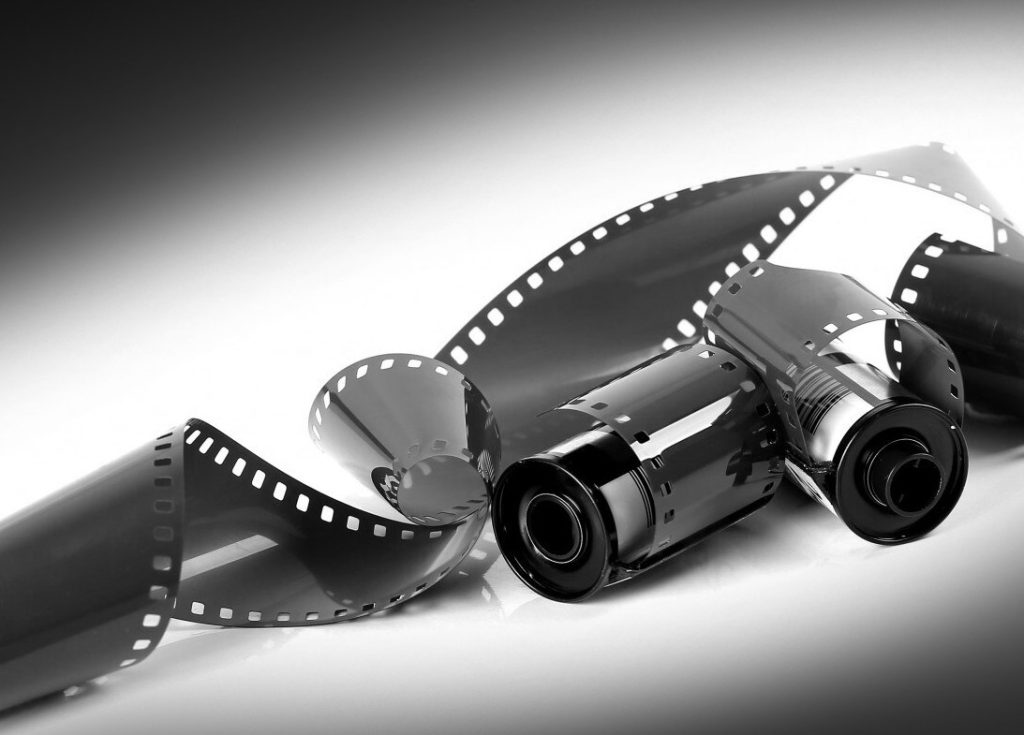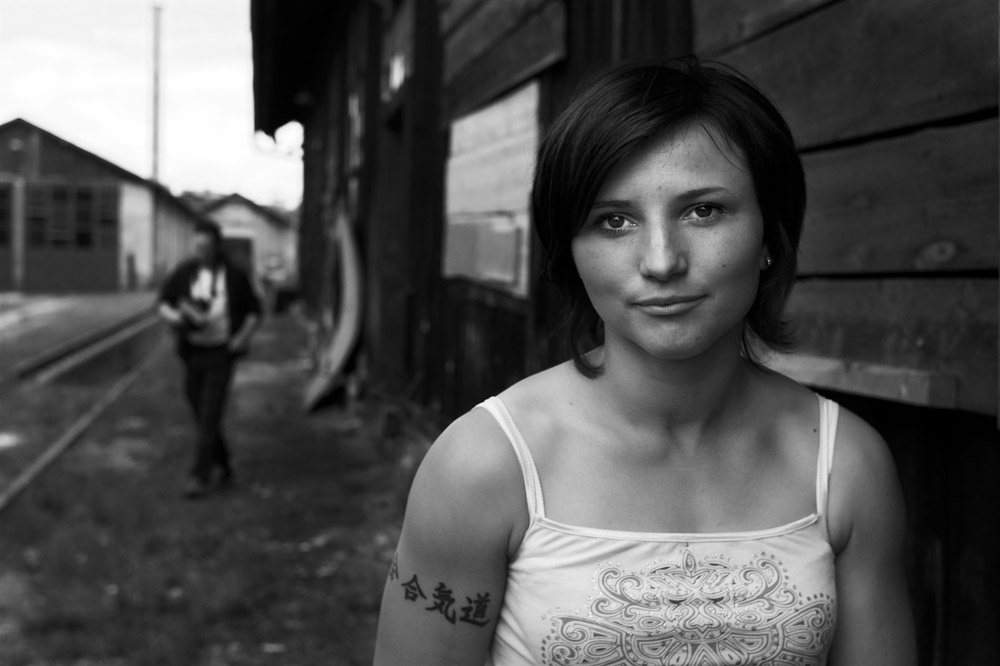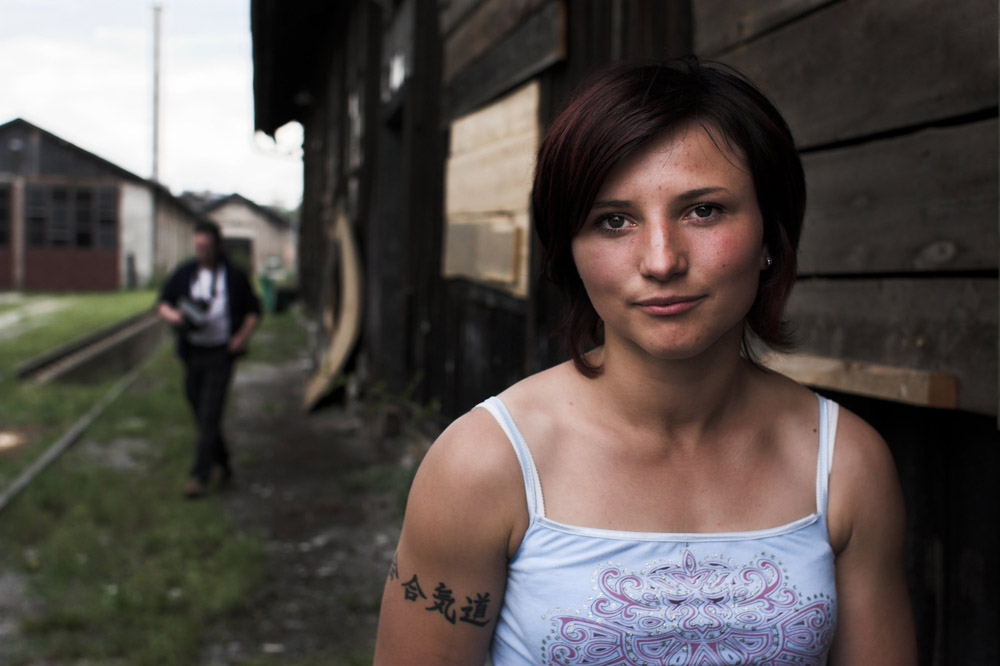
Black and white or color photography technique? This can be a serious dilemma. This is not about technique as such, because many people associate black and white photography with analog technology, but it is a display technique. Artistic photography is an inexhaustible source of creativity and expression for photographers all over the world. When creating works of art, photographers are often faced with the decision between using black and white or color techniques. Each of these techniques brings its own unique characteristics and possibilities of expression that can greatly influence the final result of the photograph. Some even consider that black and white photography is something archaic, something out of date and that it is just an attempt by nostalgic people who can't get out of their skin. Is that really the case? In this article, we will explore the differences between black and white and color techniques and their use in artistic and expressive photography.
The differences between black and white and colored technique
Aesthetically effect:
The black and white technique is known for its ability to emphasize shape, lines, textures and contrast in a photograph. Without the distraction of color, attention is focused on the elements of composition and expression. On the other hand, the color technique allows adding various emotions and moods with the help of colors. Colors can enhance or change the meaning of a scene, add depth and richness, and create visual appeal.
Expression emotions:
The black and white technique is often associated with emotional depth and nostalgic aesthetics. Limiting color forces the viewer to focus on the emotional content of the photo. The color technique enables a wider range of expression of emotions and moods, as colors can directly affect the viewer's emotions.
Emphasis on details:
The black and white technique can be particularly effective in highlighting details and textures in a photograph. By removing the color information, the viewer focuses on the textures, which can create a powerful visual experience. The color technique, on the other hand, can blur details with an abundance of colors, which allows for a more abstract interpretation.
Use in artistic and expressive photography
Black and white technique:
The black and white technique is often chosen to create works of art that want to express a nostalgic or classic aesthetic. Photographers often use the black-and-white technique for portraits, landscapes, and abstract subjects that want to emphasize shape, contrast, and texture. This technique can create strong depth and drama in a photo.
Colorful technique:
The color technique is particularly suitable for expressing various emotions, moods and atmospheres. Photographers can use color to create strong visual accents that draw the viewer's attention. This technique is often used in creating lively portraits, expressive landscape photos and art projects that want to experiment with color combinations.
In conclusion, it is important to emphasize that photographers do not necessarily have to choose a single technique. Many artists choose a combination of black and white and color techniques to achieve the desired effect in their works. The key is to understand the characteristics of each technique and adapt it according to the specific requirements of photography and the expression of an artistic message. This allows photographers to create powerful and expressive works of art that appeal to viewers in different ways.
***********************
An example of photography in both techniques. In this case, a portrait of a person may be more suitable in black and white, because when viewing it, we pay attention to the form and the story and not so much to the colors. In the color version, the elements in the background are distracting and distracting.





